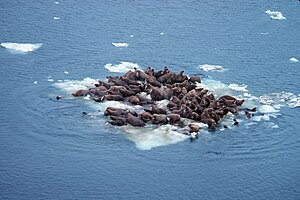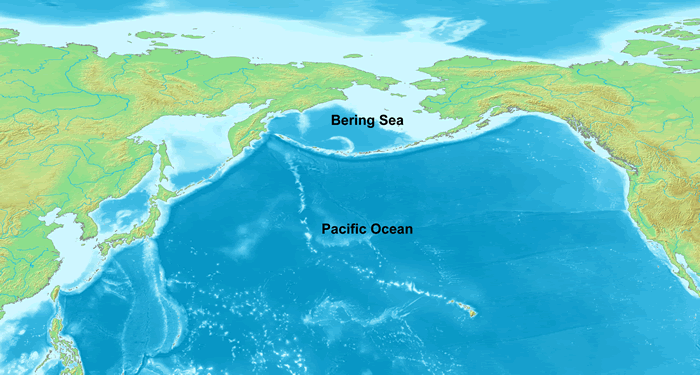Protect the Bering Sea Canyons — The 19th Hope Spot!
May 21, 2013
Hope Spots are special places that are critical to the health of the ocean — Earth’s blue heart. The Bering Sea is one such area of immense ecological importance upon which the healthy ocean of tomorrow depends. Watch below to learn more…
Tonight, Greenpeace and Mission Blue, represented by Dr. Sylvia Earle and Greenpeace Executive Director Phil Radford, are meeting concerned citizens at the Seattle Aquarium to discover, explore and take action to protect the Bering Sea Canyons. This important event is putting a 19th Hope Spot — the Bering Sea — on the map. To this end, ocean conservationists are putting pressure on the North Pacific Fishery Management Council to do what’s right and protect this critical ocean ecosystem.
The science is clear; we can no longer fish as if the sea is inexhaustible; common sense must prevail now to protect healthy ocean ecosystems for the future. Anthropogenic pressures on our ocean are putting more stress on marine ecosystems than ever before. Trawling and other bottom-contact fishing gears damage seafloor habitat. Ecosystems are complex and in need of progressive management that moves beyond the single-species management of the past, and utilizes multiple tools that prioritize the health of the whole ecosystem. Climate change and ocean acidification further threaten fisheries and marine productivity, and make it even more difficult for fishery managers to make accurate projections.

Recent findings confirm that the Canyons contain unusually high densities of corals and sponges -animals that can live hundreds of years and provide important habitat for fish and crab species, and other marine life. Preliminary analysis conducted by NOAA indicates that the canyons contain a majority of the projected coral habitat in the Bering Sea. The canyons also stand out in NOAA’s risk assessment for Bering Sea coral habitats. Marine protected areas, especially fully protected no-take reserves, are proven and cost effective management tools that increase the amount, size and diversity of fish populations and preserve biodiversity.
Stakeholders have been urging the North Pacific Fishery Management Council to protect the Canyons for over a decade. In that time, new research has added urgency to this issue. Considerable damage has been done to vulnerable coral and sponge habitats, and the number and range of stakeholders urging protection for the canyons has grown

dramatically. Mission Blue adds its voices together with the many thousands of citizens who are calling on you anew to protect the Grand Canyons of the Bering Sea. We now ask the Council and NMFS Alaska Regional administrators to initiate a full impact analysis that considers a range of alternatives and begin scoping options for protecting the Canyons.









Please do what we need to do to survive.